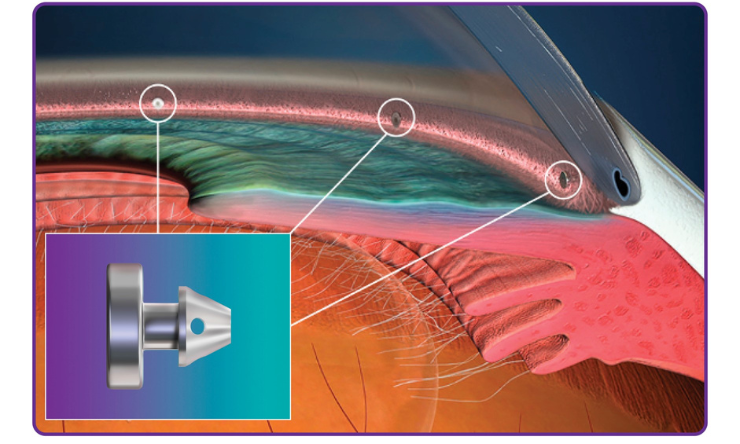Share
Australian researchers have identified 107 genes that increase a person’s risk of developing glaucoma, and have developed a genetic test to detect those at risk of going blind from it.

The researchers are now hoping to recruit 20,000 people who have been diagnosed with glaucoma or have family history of glaucoma to join their Genetics of Glaucoma Study so that they can identify more genes that play a role in the condition. Lead researcher and the head of QIMR Berghofer’s Statistical Genetics Group, Associate Professor Stuart MacGregor, said identifying the new genes has allowed the researchers to develop a glaucoma polygenic risk score (PRS) that can predict who is likely to get the eye disease.
Although there is no cure for glaucoma, treatment can reliably slow or halt the rate of disease progression in most cases. Up to 50 per cent of people with the disease do not know they have it. “Glaucoma is a genetic disease and the best way to prevent the loss of sight from glaucoma is through early detection and treatment,” Associate Professor MacGregor said.
“Our study found that by analysing DNA collected from saliva or blood, we could determine how likely a person was to develop the disease and who should be offered early treatment and/or monitoring. “Importantly, unlike existing eye health checks that are based on eye pressure or optic nerve damage, the genetic test can be done before damage begins so regular screening can be put in place. “Having a high risk score doesn’t mean you will definitely get glaucoma, but knowing you could be at future risk allows people to take the necessary precautions.”
Clinical lead researcher and Chair and Academic Head of the Department of Ophthalmology at Flinders University, Professor Jamie Craig, said the study results provided hope that mass screening for glaucoma could be offered in the future. “There are Australians who, if they’d had appropriate treatment a few years earlier, wouldn’t have gone blind,” said Professor Craig.
“One in 30 Australians has glaucoma, but most people only find out they have it when they go to the optometrist because they are losing vision, or for a general eye check. “Early detection is paramount because existing treatments can’t restore vision that has been lost, and late detection of glaucoma is a major risk factor for blindness. “Glaucoma can arise at any age but most of those affected are in their 50s or older, so our ultimate aim is to be able to offer blood tests to people when they turn 50 so they can find out if they are at risk, and then hopefully act on it.
Australians interested in taking part in the research can visit the Genetics of Glaucoma study website here, phone 07 3845 3981 or email Glaucoma_Genetics@qimrberghofer.edu.au.
The research has been funded by the National Health and Medical Research Council.
The research, led by QIMR Berghofer Medical Research Institute and Flinders University has been published in the journal Nature Genetics.


